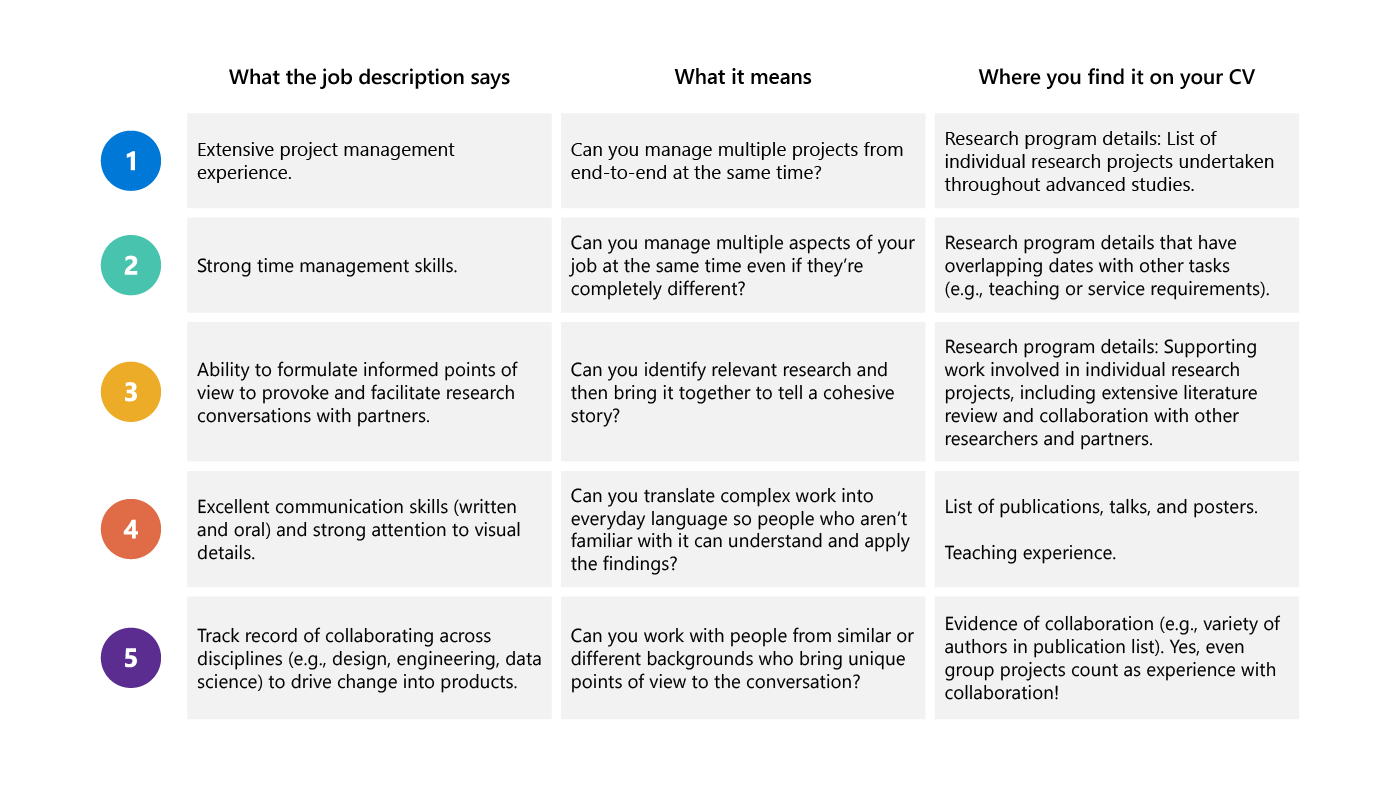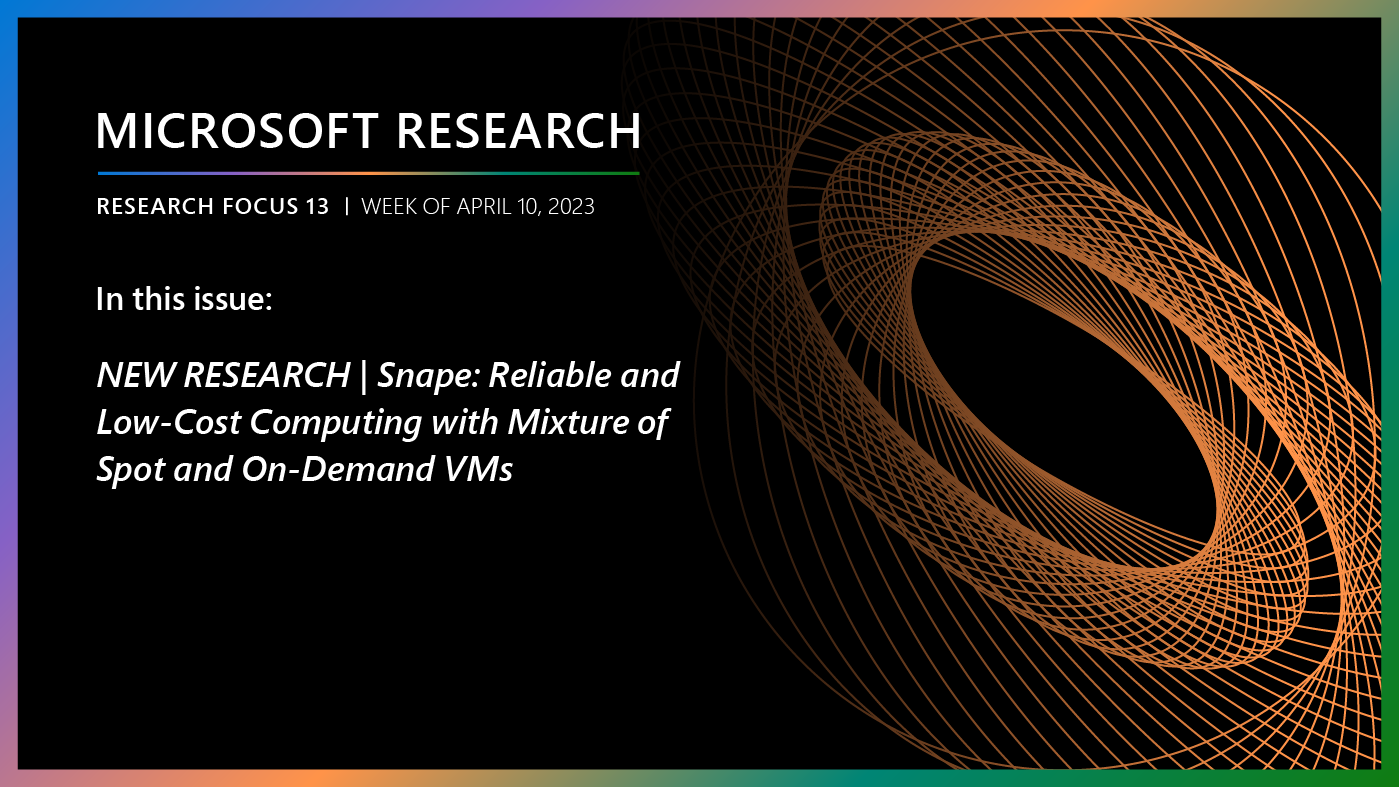
Graduate students are often coached to pursue a career in higher education, yet the number of available tenure-track positions falls far short of the number of candidates looking to fill them (opens in new tab). In reality, about 14 percent of graduates with advanced science, engineering, and health degrees obtain a position in academia within three years of graduating, according to a 2018 National Science Foundation report (opens in new tab). Instead, the vast majority of those with a PhD will pursue a wide variety of roles throughout industry, government, and private sectors, myself included.
Although I received a tenure track offer to stay in academia, I chose to pursue a position in industry, where I saw more of an opportunity to focus primarily on my passion—research. The path was not always straightforward or easy, but as a researcher, I knew I could find the answers I needed to successfully make the transition.
As I considered the jump, I found numerous resources with overviews on growing my network (opens in new tab), locating and applying for positions outside of academia (opens in new tab), and even interviewing (opens in new tab). The piece that was missing for me, though, was how exactly to translate my extensive academic experience into what industry finds valuable. Over the course of my PhD program in cognition, neuroscience, and social psychology, I learned to manage the end-to-end details of an entire research program (opens in new tab), including writing grant applications and allocating resources, on top of designing and executing the program’s individual research studies. All of this occurred during the regular cadence of teaching, service, and mentoring requirements (opens in new tab), an experience common among graduate students in research-intensive programs.
We academics gain a wealth of knowledge and skills in the process, and those skills are often showcased in an extensive academic CV. This document is typically several pages long, much of it detailing our research—what we’ve worked on, what the primary findings were, and what it means for science. However, hiring managers spend as little as six seconds (opens in new tab) on each resume they receive, which means they won’t take the time to read between the lines to figure out an applicant’s skill set.
I realized immediately I’d need to turn my rather lengthy CV into a more approachable single-page resume, which meant translating my accomplishments into small, impactful chunks of information that a hiring manager would see as valuable. Industry job descriptions can seem daunting to an academic, though, as the language used to describe qualifications and required skills is more vague than the troves of information we’re used to providing in academia. But rest assured, everything you need to prove you’re the right person for the job is in your CV.
Getting to the underlying skill
In building my resume, I pulled lines from job descriptions that came up regularly across a variety of positions I was considering and compared them to accomplishments listed in my CV. This mental exercise helped me determine what the job listing was really asking for, which I then used to create my resume. Although a job requirement and corresponding CV accomplishment may sound like they’re describing different concepts, both are actually demonstrating the same underlying skill:

Once I mapped the job qualifications to my CV, I identified key takeaways from among the details that showed specific skills I had developed. If a CV describes all your noteworthy accomplishments, think of your resume as a platform for conveying your proficiencies and what you bring to a company. Full disclosure: Distilling years of research down to a few bullet points will be painful. Some of the accomplishments I’m most proud of occurred in the context of my research. Even though I really wanted to share my coolest findings on my resume, I had to let them go for the sake of finding a position that would allow me to pursue research full time.
Be patient with the process
All told, the process of converting my CV into a document I could submit for an industry job took a little over two months. During this time, I turned to friends outside of academia on several occasions for feedback on the resume as it evolved, which of course resulted in even more changes. So don’t be alarmed or discouraged if it takes you longer to turn around than expected! This exercise requires looking at our various skills and what we’ve done over years of work in an entirely new way.
This CV-to-resume translation table is just the starting point. As we move along in the application process, we need to expand our understanding and explanation of our skills beyond just the yes or no of meeting a job requirement. The next step is to start broadening those evaluations to capture how we use our skills to make an impact on those around us, with our work, and on the larger organization. That way, when it comes time to make our case in an interview, we can do so confidently. But that is a conversation for another post …
Alaina Talboy is a Design Researcher with Customer Insights Research (CIR) (opens in new tab), a research and data science team within Microsoft. Prior to joining Microsoft, Talboy was a doctoral researcher with expertise in reasoning, judgement and decision-making, experimental design and analysis, and mixed methodologies. She made the jump to industry and joined CIR in 2019, where she uses her expertise to help stakeholders make sense of complicated data to improve the customer experience.





